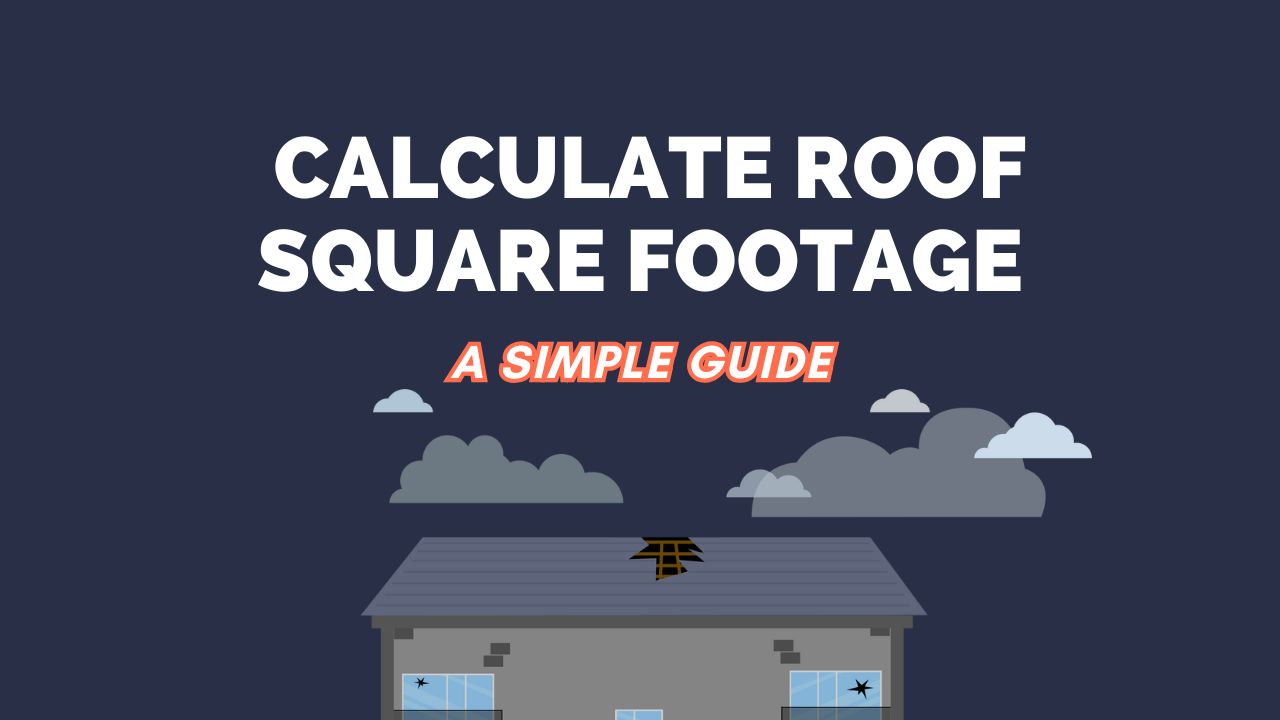How to Calculate Roof Square Footage: A Simple Guide


Hey there! If you're planning to replace your roof, install solar panels, or just need to know the size for materials, calculating roof square footage is key. Roof square footage isn't just the flat area of your house—it's the actual surface area of the roof, including slopes. In roofing terms, it's often measured in "squares," where one square equals 100 square feet. Don't worry, we'll break it down step by step in plain English, with examples. No fancy jargon here!
Why Calculate Roof Square Footage?
Knowing this helps you buy the right amount of shingles, tiles, or paint. Overestimating wastes money; underestimating leaves you short. For flat roofs, it's straightforward, but pitched (sloped) roofs need a bit more math to account for the incline.
Tools You'll Need
- Measuring tape (at least 25-50 feet long)
- Ladder (safely placed!)
- Calculator or phone app
- Pencil and paper for sketches
- Optional: Laser measurer for accuracy
Step 1: Measure the Ground Area (Footprint)
Start by measuring the length and width of your house from the ground. Multiply them to get the base area in square feet.
Formula:
Base Area = Length × Width
For example, if your house is 40 feet long and 30 feet wide:
Base Area = 40 × 30 = 1,200 square feet.
If your roof has multiple sections (like an L-shaped house), measure each rectangle separately and add them up.
Step 2: Account for the Roof Pitch (Slope)
Flat roofs? You're done—just use the base area. But most homes have pitched roofs, so you need a "pitch multiplier" to adjust for the slant.
The pitch is usually given as rise over run (e.g., 4/12 means 4 inches up for every 12 inches across).
Pitch Multiplier Formula:
Common multipliers:
- Low pitch (4/12): About 1.054
- Medium (6/12): About 1.118
- Steep (8/12): About 1.202
To find your pitch: Climb up (safely!) and measure the rise (vertical height) over a 12-inch run (horizontal distance).
Step 3: Calculate Total Roof Area
Multiply the base area by the pitch multiplier.
Formula:
Add 10-15% extra for waste, overhangs, and valleys.
Real-Life Example
Let's say you have a simple gable roof house: 50 ft long, 25 ft wide, with a 6/12 pitch.
- Base Area: 50 × 25 = 1,250 sq ft.
- Pitch Multiplier for 6/12: √[(6/12)² + 1] = √[0.25 + 1] = √1.25 ≈ 1.118
- Roof Area: 1,250 × 1.118 ≈ 1,397.5 sq ft.
- In squares: 1,397.5 / 100 ≈ 14 squares.
- Add 10% waste: 1,397.5 × 1.10 ≈ 1,537 sq ft (15.4 squares).
If your roof is hip-style or complex, divide it into triangles/rectangles, calculate each, and sum up.
Tips and Warnings
- Safety first: If the roof is steep, hire a pro.
- For irregular roofs, use online calculators or apps like RoofSnap.
- Double-check measurements—small errors add up!
- Local building codes might affect calculations.
There you go! With these steps, you can estimate your roof's square footage accurately without headaches. If you're unsure, consult a roofing expert. Happy building! 🏠